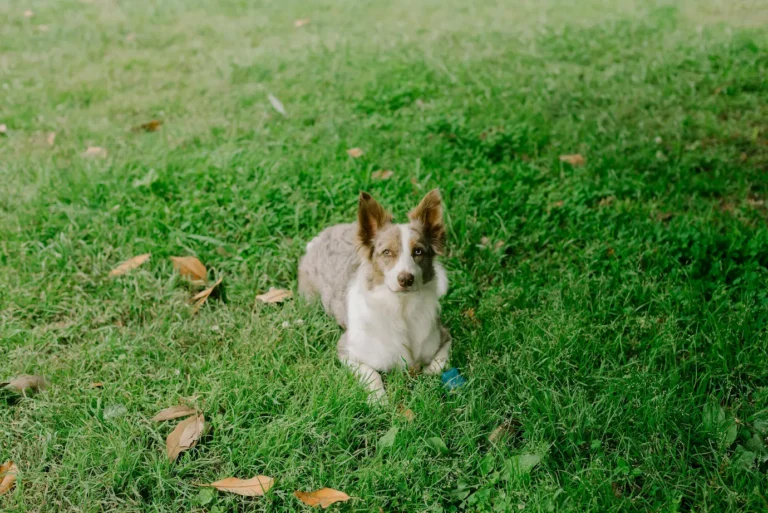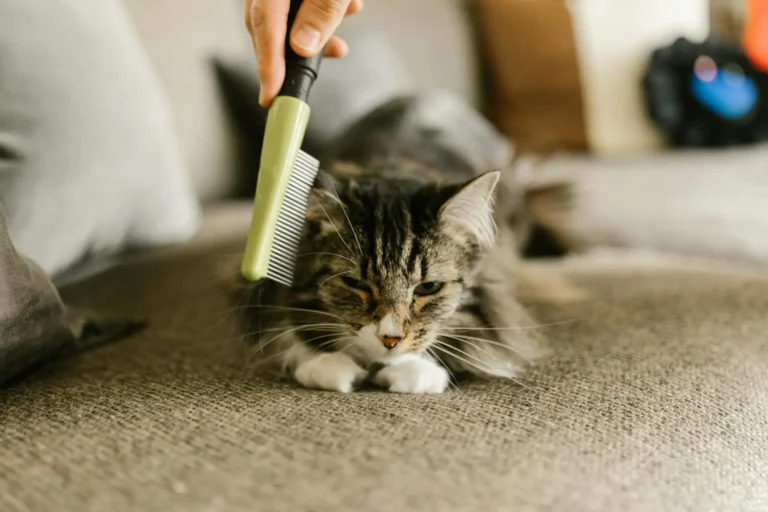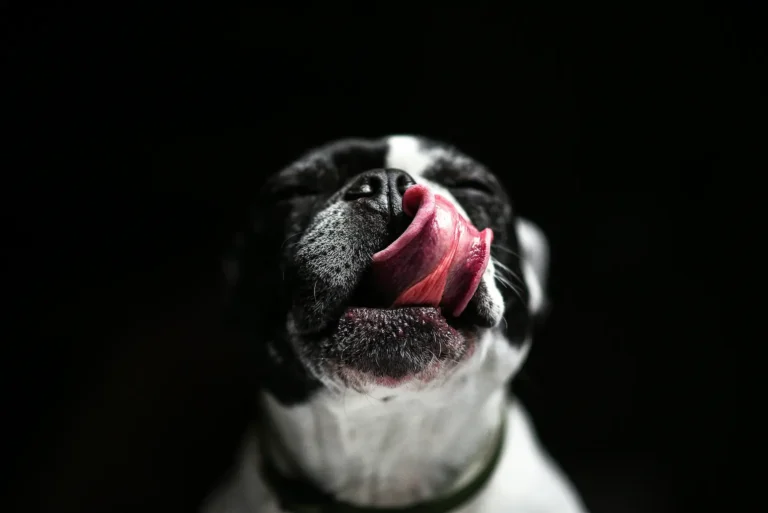Dog Breeds with Blue Tongues: A Unique Trait Explained
Explore dog breeds with blue tongues like Chow Chows and Shar Peis. Learn why this trait is normal and how to care for these unique dogs.
Have you ever seen a dog with a tongue as blue as a twilight sky? This striking feature, most iconic in the majestic Chow Chow, isn’t a sign of illness but a fascinating genetic trait that sets certain breeds apart. As a pet parent to Maximus, my lively Beagle, and Luna, my curious cat, I’m endlessly intrigued by the quirks that make our pets special.
The blue tongue, often surrounded by myths, is a badge of heritage for breeds like the Chow Chow, Shar Pei, Eurasier, and Thai Ridgeback. In this guide, we’ll unravel the science behind dog breeds with blue tongues, spotlight four incredible breeds with detailed insights into their history, personality, and care needs, and share practical tips to keep them thriving.
Whether you’re considering adopting one of these unique dogs or just love learning about canine quirks, you’ll find expert-backed insights and real-life stories here. Curious about other dog traits? Explore our guide on why dogs have whiskers.
This article will answer all your questions about these distinctive breeds, from their care requirements to the cultural myths that make them so enchanting.
Key Insights on Dog Breeds with Blue Tongues
Discover the essentials about these unique breeds and their care requirements.
Blue tongues are genetic, caused by high melanin levels.
Chow Chows, Shar Peis, Eurasiers, and Thai Ridgebacks are key breeds.
Grooming and socialization are critical for these dogs.
Sudden blue discoloration in other breeds may need vet attention.
Ancient myths add cultural charm to these breeds.
See the table below for a quick, mobile-friendly overview of all key points.
| Key Topic | Quick Takeaway |
|---|---|
| Understanding Dog Breeds with Blue Tongues | Caused by melanin, a natural trait in specific breeds. |
| Benefits & Challenges | Loyal and unique but need grooming and training. |
| Practical Care Tips | Focus on grooming, diet, exercise, and vet checks. |
| Expert Insights | Normal trait; monitor sudden changes in other breeds. |
| FAQs | Answers on causes, breeds, and health concerns. |
Understanding Dog Breeds with Blue Tongues
A blue or black tongue in dogs is a result of high melanin levels, the pigment responsible for coloring skin, hair, and even gums. This trait is entirely genetic, passed down through specific breeds like the Chow Chow, Shar Pei, Eurasier, and Thai Ridgeback. It’s not influenced by diet, temperature, or health conditions, making it a natural and harmless feature.
One common myth is that a blue tongue indicates illness. For these breeds, that’s simply not true. However, as the PetMD explains, sudden blue discoloration in breeds like my Beagle, Maximus, could signal a health issue, such as low oxygen levels, requiring immediate vet attention.
Top Dog Breeds with Blue Tongues
 1. Chow Chow
1. Chow Chow
Originating from northern China over 2,000 years ago, Chow Chows were bred as versatile working dogs, serving as guardians, hunters, and even sled pullers. Their iconic blue-black tongue, caused by high melanin levels, is a defining trait, often fully visible by adulthood. Their lion-like mane and dense double coat give them a regal appearance, but their aloof demeanor requires dedicated socialization. Chow Chows are loyal, independent, and calm, making them excellent companions for experienced owners who can handle their strong-willed nature. They’re less playful than my Beagle, Maximus, but their quiet dignity is captivating.
Personality: Chows are protective and reserved, often bonding closely with one or two family members. They can be wary of strangers and other dogs, so early exposure is key.
Care Tips: Brush their thick coat 2–3 times weekly with a slicker brush to prevent matting, especially in humid climates. Bathe monthly with a hypoallergenic shampoo to maintain coat health. Early socialization through puppy classes or park visits helps curb their protective instincts. Feed a high-quality diet with joint supplements, as they’re prone to hip dysplasia. Regular vet checks are essential to monitor for thyroid issues or entropion (eyelid problems).
Living Needs: Chows thrive in cooler climates due to their thick fur. They need a secure, fenced yard and moderate exercise, like 30-minute walks daily. Their independent nature means they’re not overly needy but require consistent training.
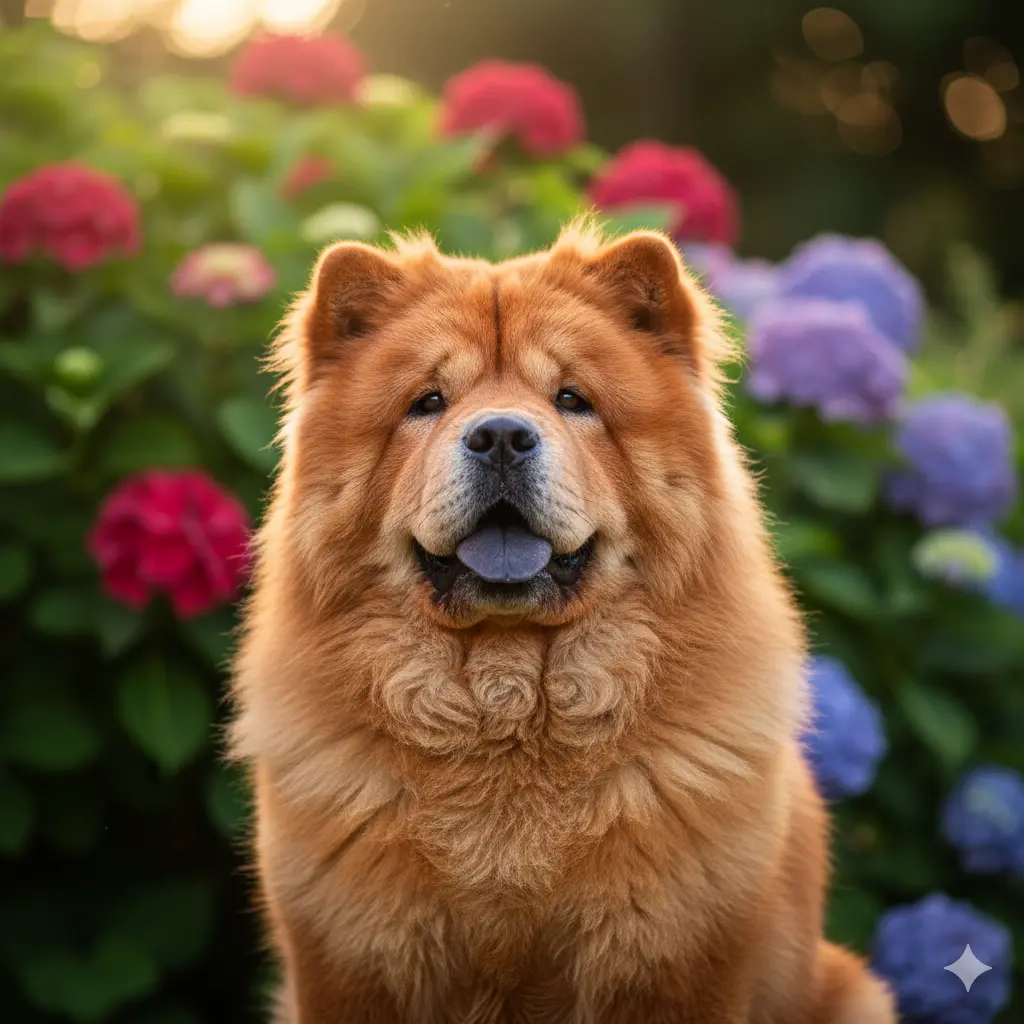 Image Credit: PetPalaceHubs
Image Credit: PetPalaceHubs
 2. Shar Pei
2. Shar Pei
The Shar Pei, another ancient Chinese breed, shares ancestry with the Chow Chow and sports a blue-black tongue alongside its signature wrinkly skin. Originally bred for guarding and hunting, Shar Peis have a compact, muscular build and a distinctive “hippopotamus” face. Their wrinkles, most prominent in puppies, require diligent care to prevent skin infections. These dogs are deeply devoted but can be stubborn, demanding patient, consistent training. Unlike my playful cat, Luna, Shar Peis are more reserved but fiercely loyal to their families.
Personality: Shar Peis are protective, intelligent, and somewhat aloof with strangers. They form strong bonds but may not get along with other pets without socialization.
Care Tips: Clean skin folds weekly with a damp cloth and dry thoroughly to prevent infections. Brush their short, bristly coat weekly with a soft brush, as advised in our dog grooming checklist. Short daily walks (20–30 minutes) keep them fit without overexertion. A balanced diet prevents obesity, as they’re prone to skin allergies and hip issues.
Living Needs: Shar Peis adapt well to apartments but need a calm environment. They’re sensitive to heat, so avoid intense exercise in hot weather. Early training ensures their loyalty doesn’t turn into overprotectiveness.
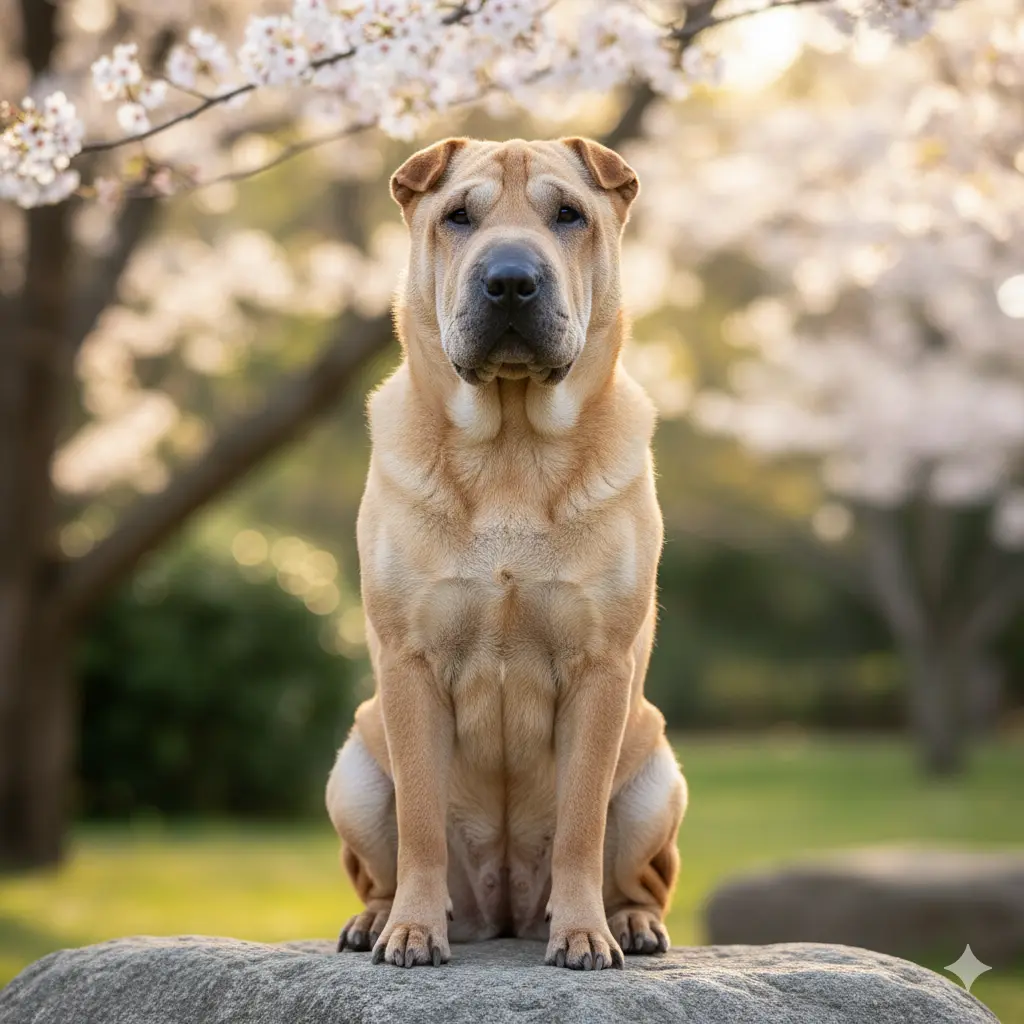
Image Credit: PetPalaceHubs
 3. Eurasier
3. Eurasier
Developed in Germany in the 1960s, the Eurasier is a modern breed created by crossing Chow Chows, Wolfspitz, and Samoyeds, resulting in a dog that often inherits a partially or fully blue tongue. Their plush, medium-length coat and bushy tail give them a teddy bear-like charm, making them a hit with families. Eurasiers are calm, affectionate, and adaptable, with a gentle temperament that contrasts with the more aloof Chow. They’re less energetic than my Beagle, Maximus, but love quality time with their owners.
Personality: Eurasiers are family-oriented, even-tempered, and great with kids and other pets when socialized early. They’re intuitive and sensitive to their owner’s emotions.
Care Tips: Brush their double coat weekly with a de-shedding tool, especially during shedding seasons. Provide moderate exercise, like 30–45 minute walks or play sessions. Socialization through group classes ensures their friendly nature shines. Feed a high-protein diet to support their coat and overall health, monitoring for hip dysplasia.
Living Needs: Eurasiers adapt to various living situations, from apartments to houses, but need daily interaction. They prefer cooler climates and thrive with mental stimulation, like puzzle toys.

Image Credit: PetPalaceHubs
 4. Thai Ridgeback
4. Thai Ridgeback
Originating in Thailand, the Thai Ridgeback is a rare, athletic breed known for its ridge of hair along its back and, in some cases, a bluish tongue due to melanin. Historically used for hunting and guarding, these dogs are agile, intelligent, and independent, with a sleek, short coat that’s low-maintenance. Their alert nature makes them excellent watchdogs, though they’re less cuddly than my cat, Luna, and require active owners.
Personality: Thai Ridgebacks are loyal, alert, and independent, best suited for experienced owners. They’re reserved with strangers but devoted to their families.
Care Tips: Their short coat needs minimal brushing, but weekly checks keep it shiny. Provide 60 minutes of daily exercise, like runs or agility training, as outlined in our dog exercise guide. Early socialization prevents territorial behavior. A balanced diet supports their lean build, with regular vet checks for skin allergies.
Living Needs: Thai Ridgebacks need space to move, ideally a fenced yard, and thrive in warm climates. They require mental challenges, like training games, to stay engaged.
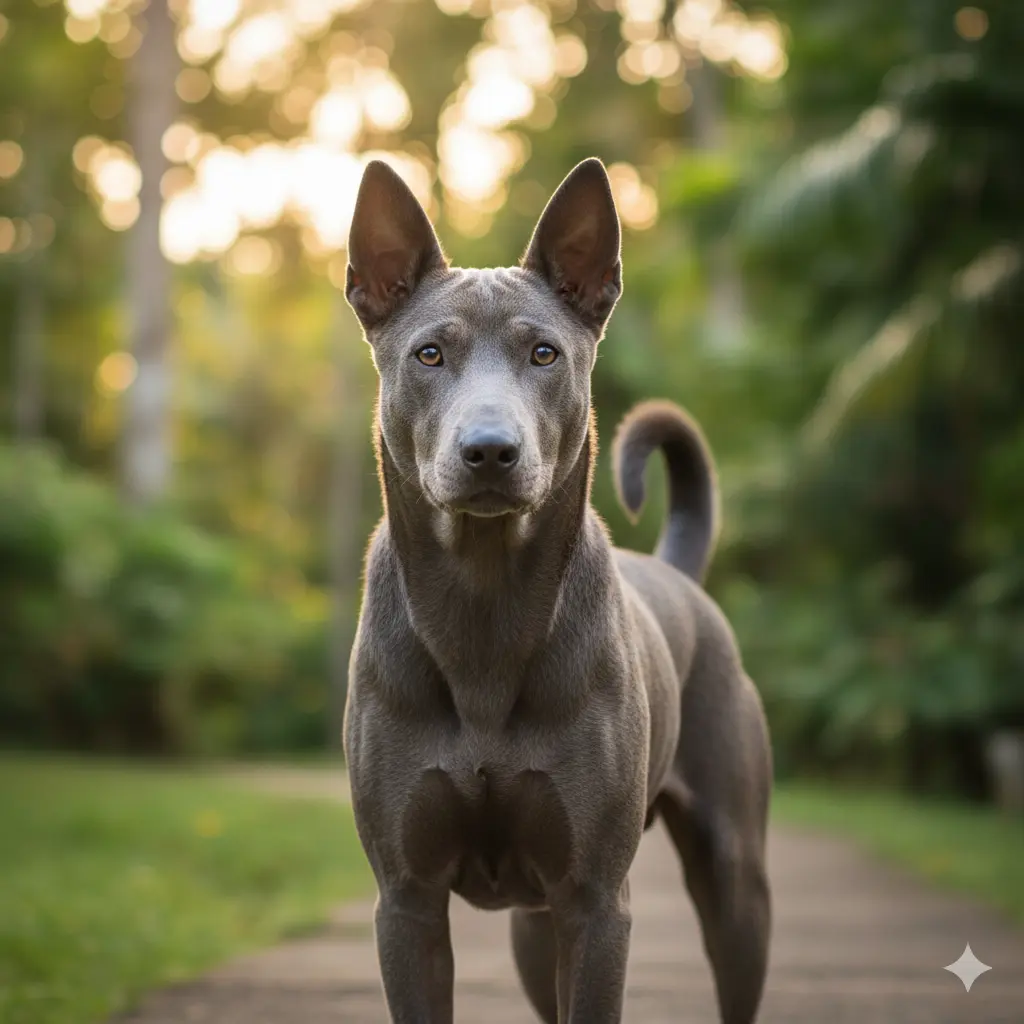
Image Credit: Unsplash
Mixed breeds with Chow Chow or Shar Pei ancestry may inherit blue tongues, though the trait can be less pronounced or spotted rather than solid.
Benefits & Challenges of Blue-Tongued Breeds
Owning a blue-tongued breed like a Chow Chow or Thai Ridgeback is a rewarding experience, but it comes with unique considerations. These dogs are loyal, often forming deep bonds with their families, and their striking appearance—complete with that iconic blue tongue—turns heads wherever they go. I’ll never forget the time I saw a Shar Pei at the park with Maximus; his deep blue tongue and wrinkly face had everyone, including curious kids, asking questions. Their unique look and rich history make them conversation starters and cherished companions.
However, these breeds can be independent and strong-willed, requiring consistent training and early socialization to prevent aloofness or overprotectiveness. Their grooming needs vary—Chows and Eurasiers need frequent brushing for their thick coats, while Shar Peis require meticulous skin fold care to avoid infections. Thai Ridgebacks, while low-maintenance in grooming, demand ample exercise to stay content. With dedication, these challenges are manageable, and the reward is a devoted, one-of-a-kind pet. Our dog emotional signals guide can help decode their behaviors.
Is a Blue Tongue in Dogs Normal or a Sign of Illness?
For breeds like Chow Chows, a blue tongue is genetic and perfectly normal, a result of melanin pigmentation. However, if a non-blue-tongued breed like my Beagle, Maximus, suddenly develops a blue tint, it could indicate serious issues like low oxygen levels or heart problems, requiring immediate vet attention. The AKC recommends regular checkups to catch such issues early.
Cultural Legends & Myths Around Blue Tongues
Chinese folklore tells a charming tale: Chow Chows licked the night sky, earning their blue tongues. In ancient culture, this trait symbolized wisdom and mystery, adding to their regal allure. These stories make blue-tongued breeds even more special to pet parents like me, who love sharing tales about Maximus and Luna’s quirks.
Behavioral Traits Common Among Blue-Tongued Breeds
Blue-tongued breeds share traits like loyalty, intelligence, and protectiveness, rooted in their guardian or working dog origins. Their strong-willed nature requires consistent training with positive reinforcement. Early socialization, as discussed in our dog emotional signals guide, helps them adapt to family life and strangers.
Practical Care Tips for Blue-Tongued Breeds
Here are five detailed, actionable tips to ensure your blue-tongued dog thrives, backed by expert advice and real-life insights.
1. Commit to Regular Grooming
Why It Works: Thick coats (Chows, Eurasiers) and wrinkly skin (Shar Peis) require consistent care to prevent matting or infections, enhancing health and bonding.
How to Implement: Brush Chows and Eurasiers 2–3 times weekly with a slicker brush; use a soft bristle brush for Shar Peis. Clean Shar Pei skin folds with a damp cloth and dry thoroughly. Bathe monthly with hypoallergenic shampoo, like those in our dog shampoo guide. Check for redness or odor in skin folds or ears.
Materials Needed: Slicker brush, soft bristle brush, hypoallergenic shampoo, towel.
Example: Inspired by grooming Luna’s silky fur, I helped a friend with a Shar Pei establish a weekly skin-cleaning routine, reducing her dog’s irritations significantly.
Expected Results: Healthier coat, fewer skin issues, and a stronger bond with your pet.
2. Start Socialization Early
Why It Works: These breeds can be aloof or protective, and early socialization fosters confidence and friendliness, preventing aggression.
How to Implement: Expose puppies to people, pets, and environments between 8–16 weeks. Arrange playdates, visit dog-friendly parks, or enroll in puppy classes. Use high-value treats to reward calm behavior around strangers or other dogs.
Materials Needed: Treats, leash, patience.
Example: A neighbor’s Eurasier, once shy, now loves park playdates with Maximus after consistent socialization efforts.
Expected Results: A well-adjusted dog comfortable in diverse settings, reducing fearfulness.
3. Feed a Balanced Diet
Why It Works: Proper nutrition supports coat health, energy, and joint health, especially in breeds prone to hip dysplasia like Chows.
How to Implement: Choose high-quality dog food with protein as the first ingredient. Consult your vet for joint supplements or omega-3s for skin health. Measure portions to prevent obesity, particularly for Shar Peis.
Materials Needed: Premium dog food, measuring cup, vet guidance.
Example: Switching Maximus to a fish-based kibble improved his coat’s shine, a strategy that works well for blue-tongued breeds with sensitive skin.
Expected Results: Healthier weight, shinier coat, and reduced joint risks.
4. Provide Ample Exercise
Why It Works: These breeds need physical and mental stimulation to prevent boredom and destructive behaviors, especially active Thai Ridgebacks.
How to Implement: Offer 30–60 minutes of daily exercise, like walks, fetch, or agility training. Thai Ridgebacks may need more intensive activities. Explore our enrichment toys guide for mental stimulation.
Materials Needed: Leash, toys, puzzle feeders.
Example: A Thai Ridgeback owner I know uses agility courses to keep her dog engaged, a great approach for active breeds.
Expected Results: Reduced behavioral issues and a happier, healthier dog.
5. Schedule Regular Vet Visits
Why It Works: Routine checkups catch issues like hip dysplasia, skin infections, or entropion early, ensuring long-term health.
How to Implement: Book annual vet visits and monitor for sudden tongue discoloration in non-blue-tongued breeds. Keep vaccinations and flea/tick prevention updated, as recommended by the AKC.
Materials Needed: Vet records, preventatives.
Example: A quick vet visit for Luna’s minor skin issue saved us from bigger problems, a lesson I apply to all my pets.
Expected Results: Early detection and a longer, healthier life for your dog.
Expert Insights
The AKC confirms that blue tongues in these breeds are a normal genetic trait, not a health concern. Veterinarians emphasize monitoring for sudden blue discoloration in other breeds, which could indicate cyanosis or heart issues. Regular vet visits, proper grooming, and a balanced diet are key to keeping these dogs thriving.
FAQs About Dog Breeds with Blue Tongues
Q1: Why do some dogs have blue tongues?
A: Blue tongues result from high melanin levels, a genetic trait in breeds like Chow Chows and Shar Peis. It’s a natural, harmless feature tied to their ancient ancestry.
Q2: Which dog breeds have blue or black tongues?
A: Chow Chows, Shar Peis, Eurasiers, and Thai Ridgebacks are the primary breeds. Mixed breeds with Chow or Shar Pei ancestry may also show this trait, though less consistently.
Q3: Is a blue tongue in dogs dangerous?
A: In blue-tongued breeds, it’s normal. Sudden blue discoloration in other breeds, like my Beagle Maximus, could signal oxygen or heart issues, so consult a vet immediately.
Q4: Can mixed-breed dogs have blue tongues?
A: Yes, if they inherit genes from Chow Chows or Shar Peis, though the trait may be spotted or less pronounced.
Conclusion
Dog breeds with blue tongues, from the regal Chow Chow to the athletic Thai Ridgeback, carry a stunning genetic trait that’s both beautiful and normal. With detailed care—regular grooming, early socialization, balanced nutrition, ample exercise, and routine vet visits—these loyal companions bring joy and uniqueness to any home. Whether it’s their cultural mystique or striking appearance, these dogs remind us of nature’s endless creativity. Explore more unique breeds in our Belgian dog breeds guide!

Experienced pet owner with 5–7 years caring for dogs, cats, and birds. Passionate about sharing actionable tips, trusted advice, and real-life insights for healthier, happier pets.
Disclaimer: This article may contain affiliate links. If you click and purchase, we may earn a commission at no extra cost to you. As an Amazon Associate, we earn from qualifying purchases.



